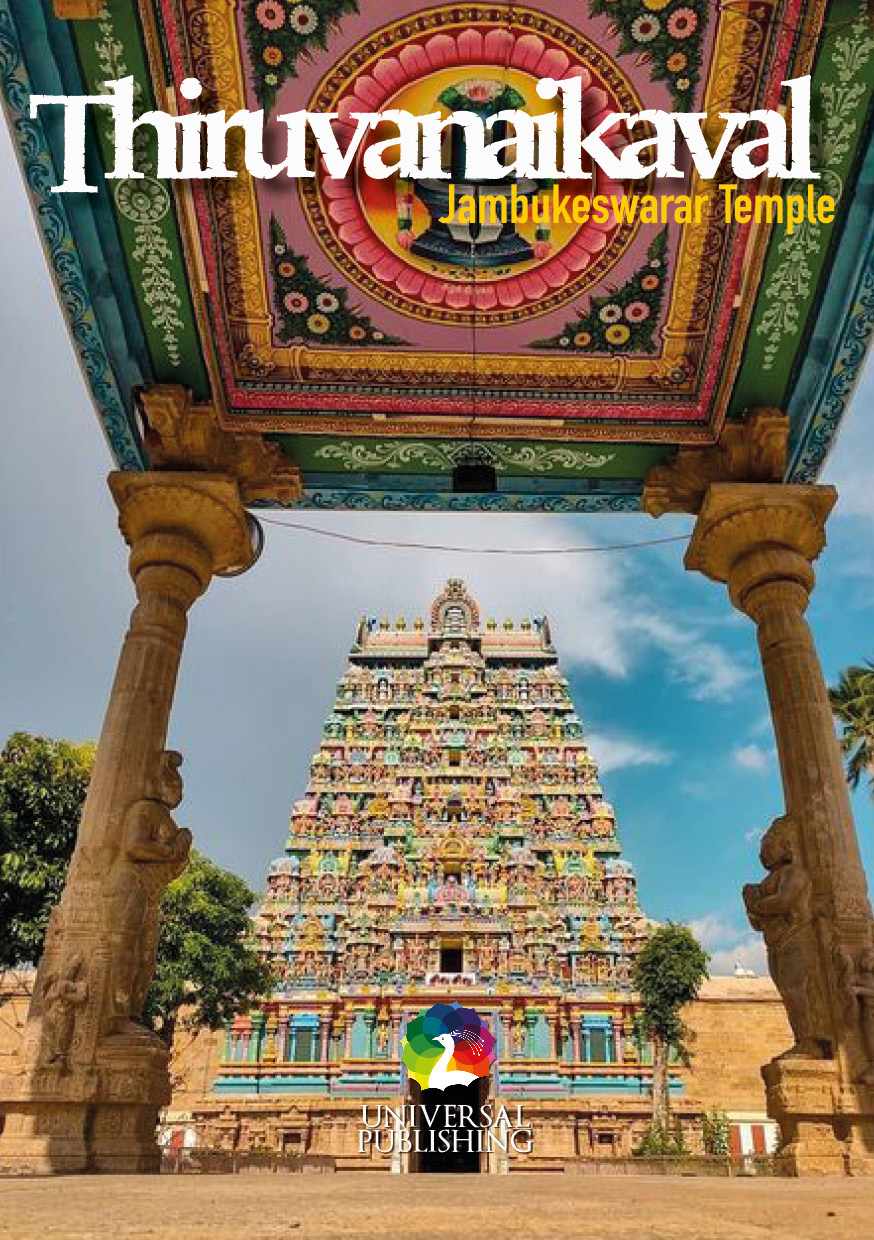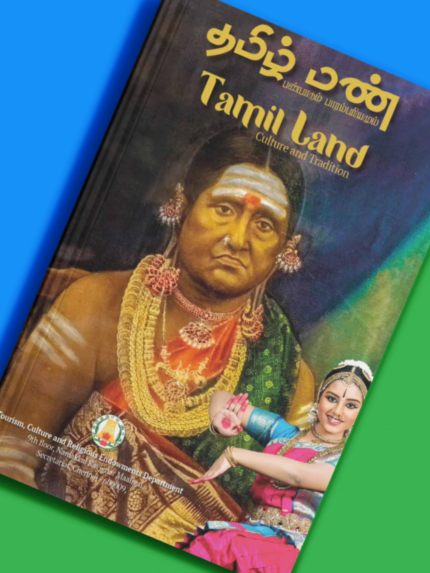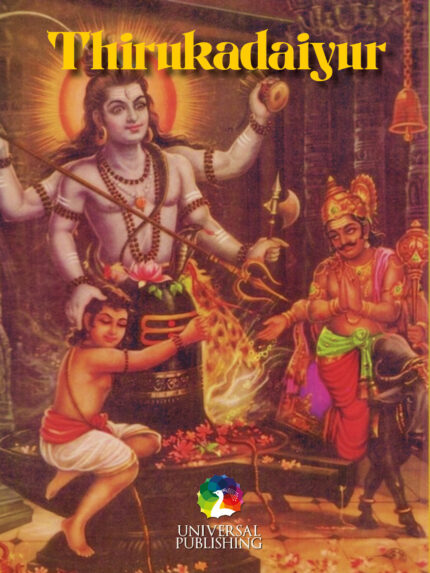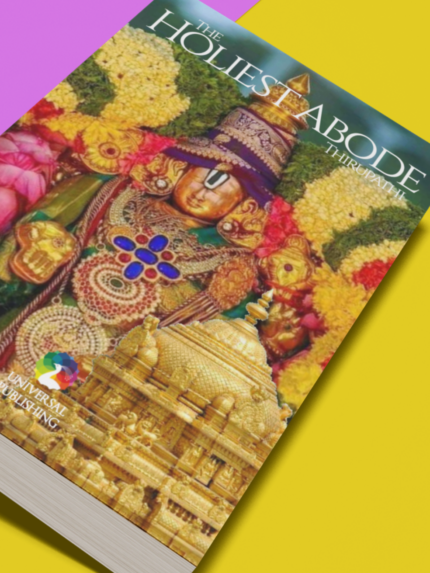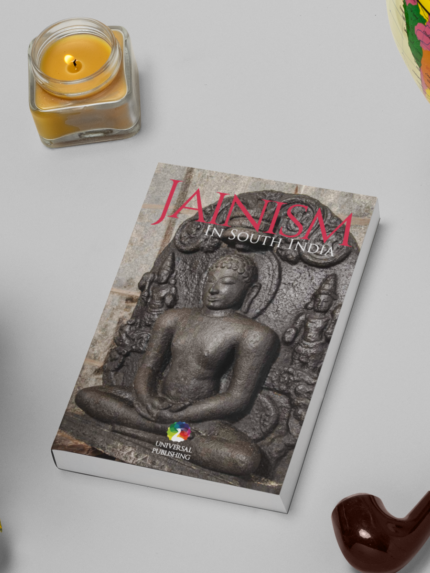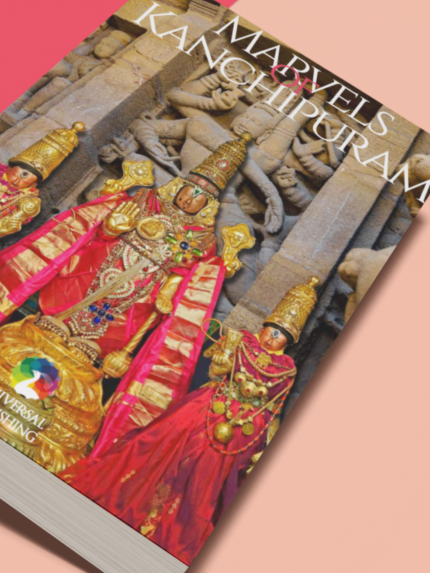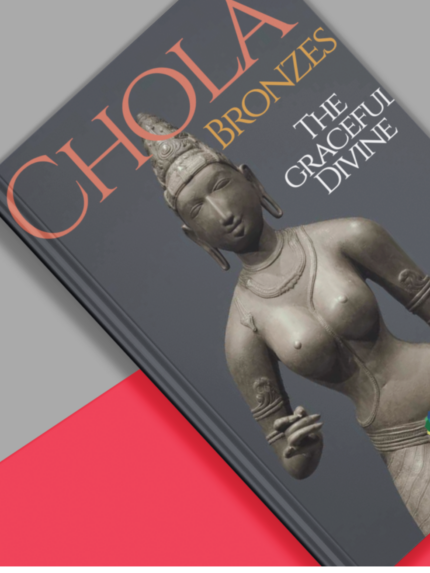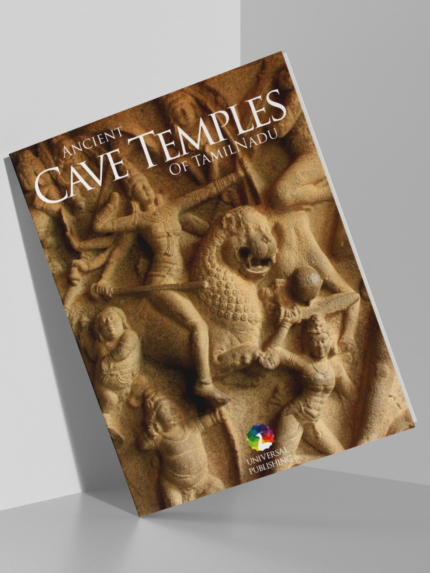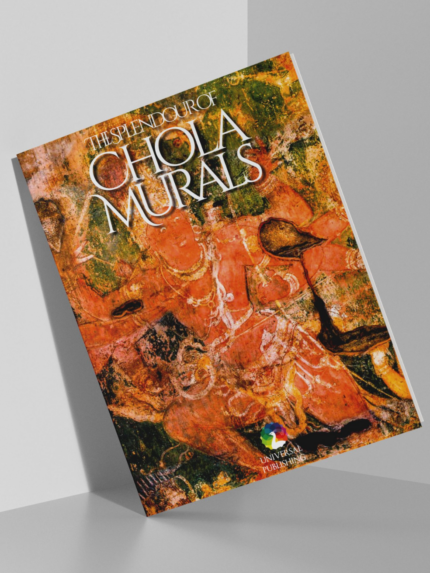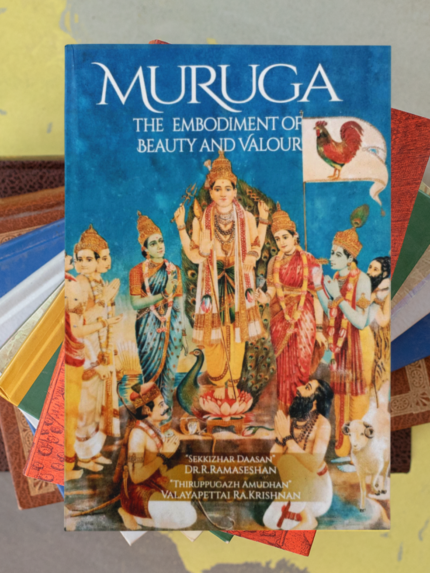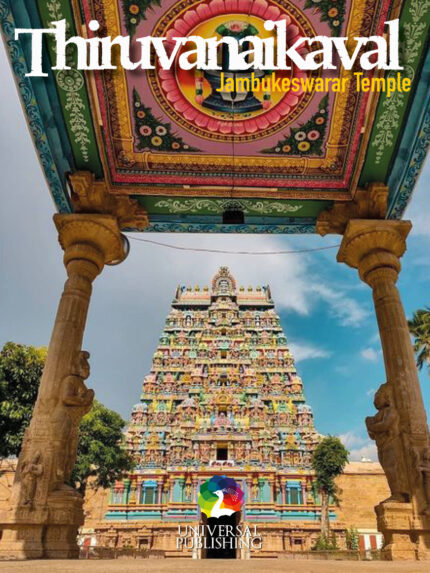The Jambukeswarar Temple, Thiruvanaikaval, is a prominent Shiva temple located in the Tiruchirapalli (Trichy) district of Tamil Nadu, India. This ancient temple is one of the five major Shiva temples in Tamil Nadu, each representing one of the five elements, and it symbolizes the element of water. The temple’s history is deeply intertwined with rich legends and traditions.
The temple is renowned for its unique sanctum, which houses an underground stream. This stream flows beneath the sanctum of Jambukeswara, representing Lord Shiva, and adds to the temple’s religious significance. The temple has inscriptions dating back to the Chola period, showcasing its historical importance.
One of the most intriguing legends associated with the temple involves Parvati’s penance. According to the legend, Parvati once mocked Shiva’s penance for the betterment of the world. In response, Shiva directed Parvati to perform penance on Earth. Parvati took on the form of Akilandeswari and found Jambu forest (Thiruvanaikoil) as the place for her penance. She created a lingam, known as the Appu Lingam (Water Lingam), out of the waters of the River Cauvery (Ponni) under the Venn Naaval tree. Shiva eventually granted her darshan (divine vision) and imparted divine knowledge (Siva Gnana) to her.
The temple’s history also involves two devoted disciples of Shiva, ‘Malyavan’ and ‘Pushpadanta,’ who were cursed to be reborn as an elephant and a spider on Earth due to their constant quarreling in the divine realm. In their new forms, they continued their worship of Lord Shiva in Thiruvanaikaval. The elephant fetched water from the River Cauvery to perform daily ablutions, while the spider wove a web over the lingam to protect it. However, a tragic incident occurred when the elephant mistakenly destroyed the spider’s web, leading to the death of both creatures. Touched by their unwavering devotion, Shiva, in the form of Jambukeswara, absolved them of their curses.
To commemorate the elephant’s worship, the place became known as “Thiru Aanai Kaa” (literally meaning “holy elephant forest”), which eventually evolved into “Thiruvanaikaval.” In his next birth, the spider was said to have been reborn as King Kochengot Chola, who built numerous temples, including the Thiruvanaikaval Temple.
The temple’s architecture is notable, with a massive outer wall, a grand hall with numerous pillars, multiple enclosures with gopurams (gateway towers), and an innermost sanctum housing the self-manifested lingam of Jambukeswara. The sthala-vriksham (holy tree) of the temple is the White Jambuka tree (Syzygium cumini). The temple also features a unique stone window with nine viewing apertures representing the Navagraha, which tells the temple’s sthala puranam (sacred story).
The Jambukeswarar Temple at Thiruvanaikaval is a significant pilgrimage site, revered for its representation of the water element and its rich cultural and religious heritage. The temple continues to be a center of devotion, rituals, and festivals, and it plays a vital role in preserving classical Indian traditions, including classical dance and music.

